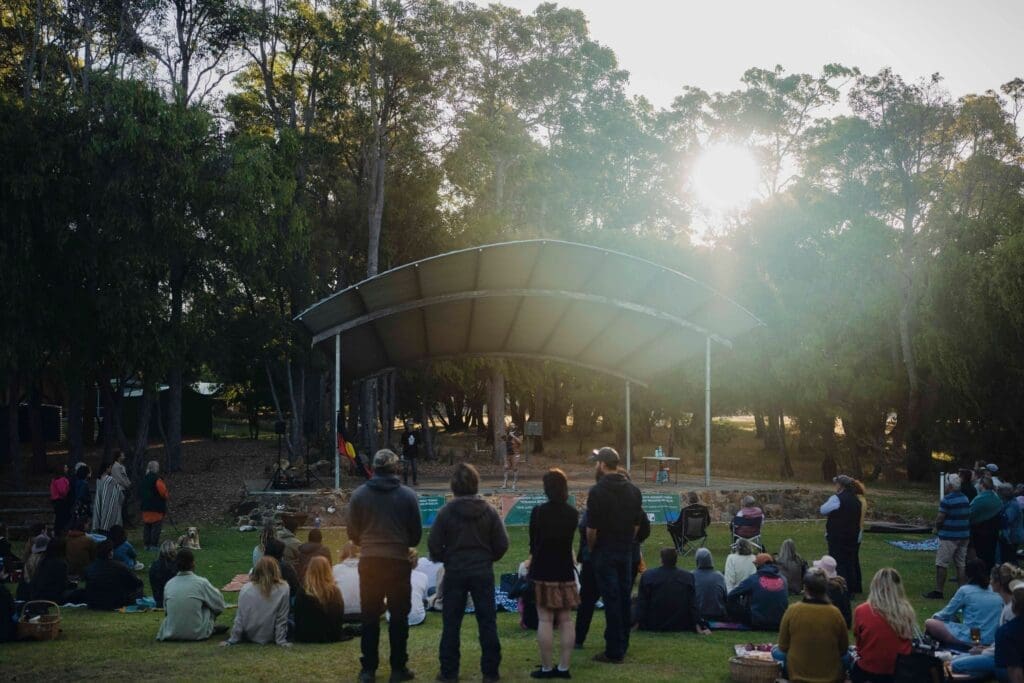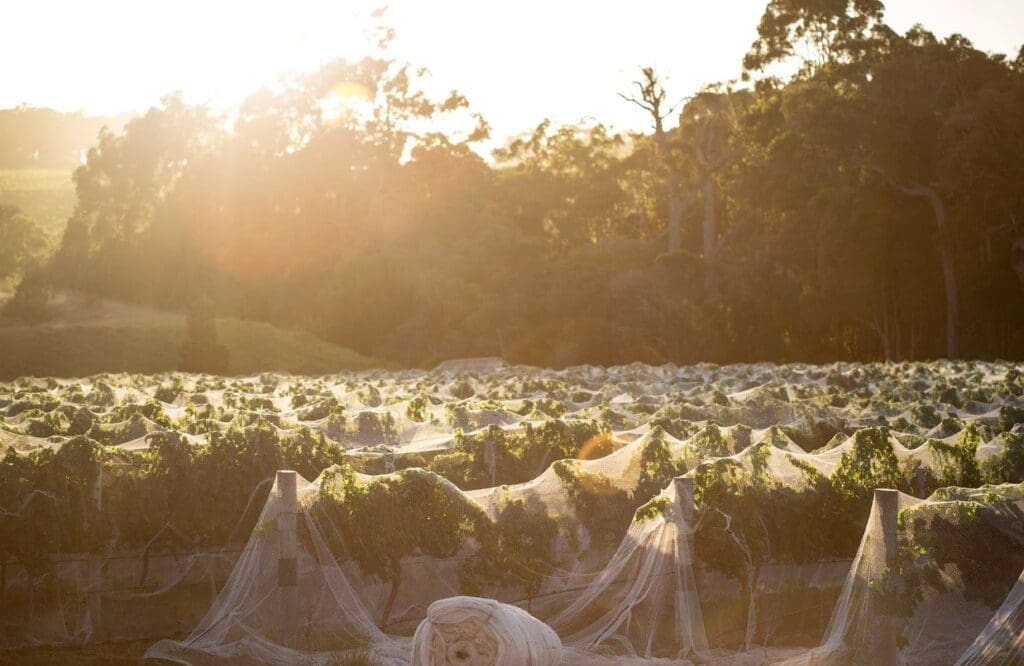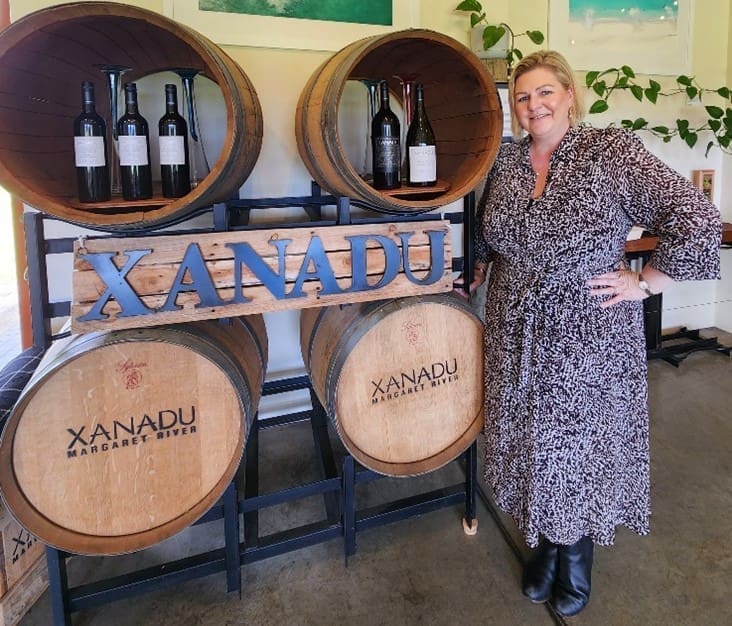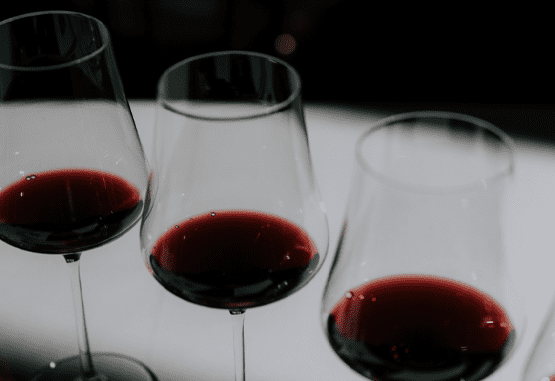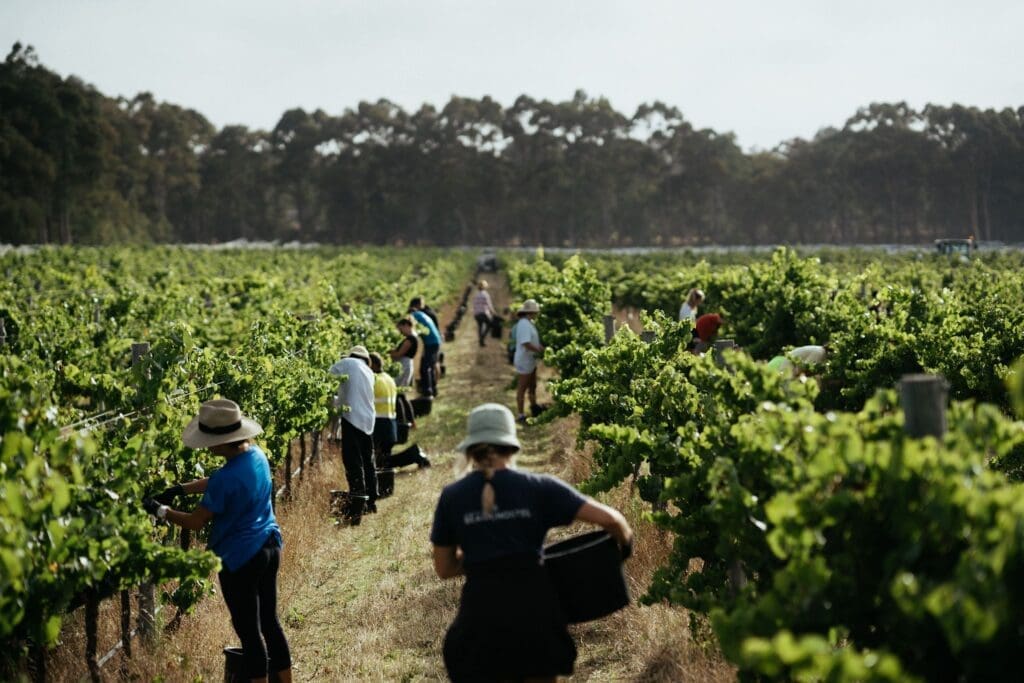A New Voices Story by Leah Clearwater
Almost any article written about a wine region will refer to the specific soil types of the area, and link these to the quality of the wines produced there. To take things a step further, many a wine writer has made bold claims about the influence of geology on wine without explaining how this occurs. You may have seen quotes along the lines of “the famous… sandy soils of Barolo… clay soils of Rioja… stony soils of Bordeaux… slate soils of Mosel… and the limestone soils of Champagne and Burgundy” just to name a few.
So, what’s the dirt on Margaret River…?
Let’s Dig Deeper
Some years ago, I was given the mammoth task of profiling the main soil types across the 5,000 hectares of vineyards in the Margaret River region at the time. This work was part of an exciting project run by the Grape and Wine Research Development Commission with a view to a better understanding of the unique terroir in each of Australia’s premier growing regions. Armed with a mini excavator and operator, shovel, scraper, brush, quality camera and hundreds of soil sample test kits, I set off down the vineyard rows to dig until the bucket hit hard clay or rock and I could clearly see what was going on beneath the vines. The project took several months to complete, yet I have remained fascinated about what I discovered for years afterwards.
This initial project led me to a lifelong fascination with soil profiling, including several opportunities to work with the Department of Primary Industries and Regional Development in Western Australia. One of my most memorable discoveries was observing the extent of change that occurs across the region and how frequently soil type transitions, even as you move across a single block. In many vineyards, the soil profile can alter dramatically within a matter of metres.
Seriously Ancient Rocks
The incredible explanation behind the ever-changing nature of Margaret River’s geological landscape is its ancient history, with soils that are dated the oldest of all the Earth’s viticultural areas. The unique shape and features of the region today are the result of global tectonic events and were initiated during the Jurassic period when the supercontinent of Gondwanaland broke into separate continents. During this period a deep, linear trough of sedimentary rocks formed in the east of the region and an iron-enriched lateritic plateau formed to the west, each side separated by the Dunsborough Faultline which still exists to this day.
Over these millennia, ten major soil types have formed, ranging from deep, infertile sands to shallow, gravelly soils. The soil types present in Margaret River vineyards will firstly depend on their location within the region, with sandier soil distribution in the east and more gravelly soil profile down the centre from north to south and in the west. The quantity of gravel in the soil is also related to proximity to the ironstone ridge which underlies most of the shallower soils of the region. This ridge forms dramatic rock outcrops from the northern to the southern cape.
A Stony Story
The ancient origins of the region are impressive, but what do they mean for regional viticulture and do they impart any influence on the wine?
If you speak to any Margaret River winemaker, no doubt they will credit local soils with a positive impact on their wines. Many also have clear preferences around soil type and varietal pairings. There are those who favour the sandy soils of the region for Chardonnay, while the colloquially named “Forest Grove” soil types offer bony, gravelly soils with low fertility levels recognized as ideal for iconic Cabernet Sauvignon. Regardless of preference, the region is most renowned for its gravelly loams.
Western Australian soil scientists Pete Tille and Angela Stuart-Street* explain, “Unlike so much of the wine world, limestone or calcareous soils are of limited importance for Western Australian viticulture. Here, the prized soils are something completely different. As far as we have been able to ascertain, there are no other wine growing areas around the globe that have soils so broadly dominated by lateritic ironstone gravels……. The gravels have definitely been sought out by vignerons, as by our estimates, they account for over 40% of all plantings in the state.”
Forest Grove soils are free draining with low water and nutrient holding capacities, limiting vine vigour and bringing optimal balance between the foliage and fruit. Along with the reflective heat of surface gravels, these factors bestow the wonderful intensity and concentration typically seen in regional wines.
See Main Soil Types of Margaret River here
The Margaret River wine community is excited about what further correlations may be discovered between soil type and wine in the future. Until then, there remains a firm belief that the ancient geology of the Margaret River Wine Region has had a remarkable impact on its ‘New World’ wines.
Dead or Alive
There is a compelling move towards sustainable viticulture in Margaret River and this is having a positive effect on regional soils, improving their already shining reputation. Conventional farming methods of the past, which had a depleting impact on soil biology, are being replaced with non-harmful techniques and our vineyards are again teeming with life.
Beneficial insects and micro-organisms abound and their part to play in the ecosystem of the vineyard is celebrated by growers. These “living soils” are praised for correcting soil acidity issues, improving soil structure, releasing organic matter and micronutrients, and boosting the vine’s natural resistance to pests and diseases.
Back in the days of my soil pit excavations, I was always delighted when I could scoop up a handful of topsoil and find it rich in colour and squirming with worms, as I knew the vines would be all the happier for this and happy vines make beautiful wines!
Rock On!
The Margaret River Wine Region is young by world standards, but it is literally set on firm foundations, with ironstone soils not found in any other grape-growing area in the world. The mantle of this unique area provides an ideal environment for world class wines and will preserve Margaret River’s place as one of the top regions globally. For those lucky enough to visit the region, the dramatic ironstone rock formations featured across the landscape are truly breathtaking, offering the perfect backdrop for a picnic and some delicious local wine.

